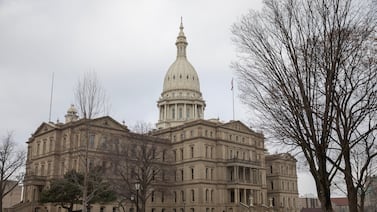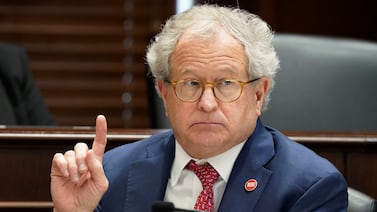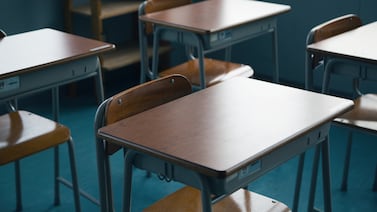Chicago Public Schools will send about 150,000 at-home COVID tests to students at more than 300 schools hard hit by the coronavirus pandemic.
District officials announced plans to send the test kits out ahead of the winter break so families can test students before returning to campus in January. Instructions will accompany the COVID tests, officials said in a news release.
Families are being asked to test on Tuesday, Dec. 28 and drop samples off to a nearest FedEx box on the same day.
CPS CEO Pedro Martinez attributed current COVID cases in schools to social events outside of schools.
“We know that families will be gathering for the holidays, so we are providing these tests to our students who may be at most risk so we can reduce the spread of COVID and protect our school communities,” Martinez said.
The announcement comes amid a surge in quarantines across the district.
As of Monday, 363 staffers and 9,039 students were quarantined, according to the district’s latest figures.
Over the last 10 days, the number of students quarantined has doubled. On Dec. 4, 4,655 students were quarantined and that number peaked at 10,000 on Dec. 9 and 10, according to the district’s data.
Chicago Public Schools has been trying to curb the number of students being quarantined. Last month, the school district rolled out a test-to-stay pilot program at one school.
Chicago’s pilot is in line with guidance from the Illinois State Board of Education, which earlier this fall issued a “Test-to-Stay” protocol that gives districts some flexibility to relax quarantine rules when thorough testing programs are in place. Under the policy, students in close contact with someone who has tested positive for COVID-19 can return to campus without a quarantine period if they are tested regularly and present a negative test before returning to school and adhere to rules around mask wearing and social distancing.
Under the state guidance updated in September, vaccinated students should be tested by districts on days one, three, five, and seven following exposure to stay in classes.
Chicago Public Schools has struggled to get students opted into school-based COVID testing.
The majority of Chicago schools have fewer than 10% of students signed up for the district’s school-based COVID testing. Most of these campuses are on the South and West Sides that are also among the hardest hit by the ongoing pandemic.
The distribution of home testing kits is part of the district’s plan to provide testing to neighborhoods designated high-risk, district officials said in its statement.
The district is encouraging families that are not provided a test to be tested over the winter break. Here is a link to COVID testing events.
Amid the surge, school officials have urged families to get their students vaccinated and tested before returning to school after winter break.
“We know that by taking these critical steps, our students will stay healthy and safe and be ready to learn in January,” CPS Chief Health Officer Dr. Kenneth L. Fox said in a statement.






